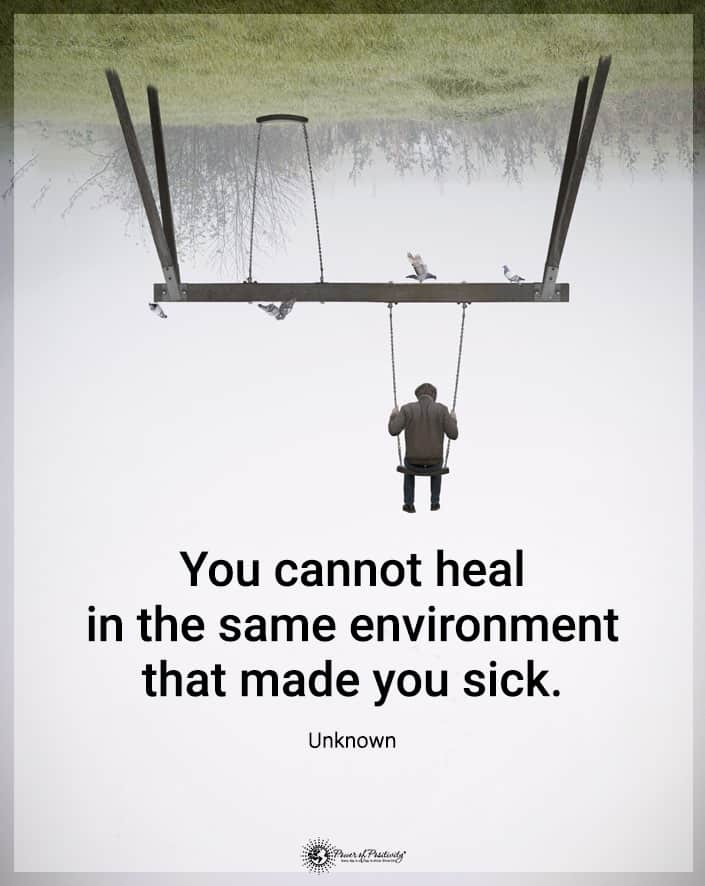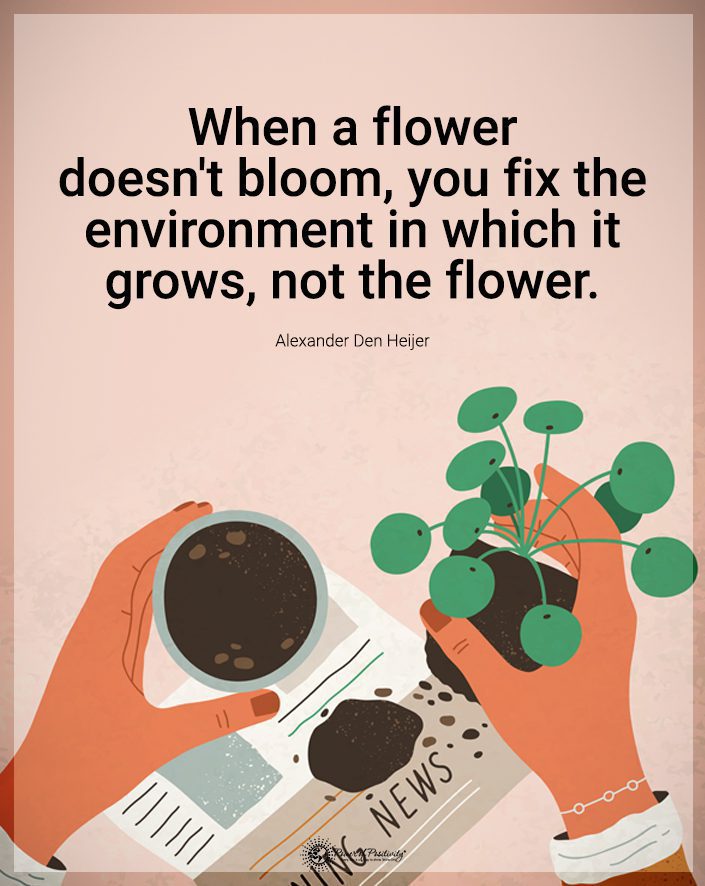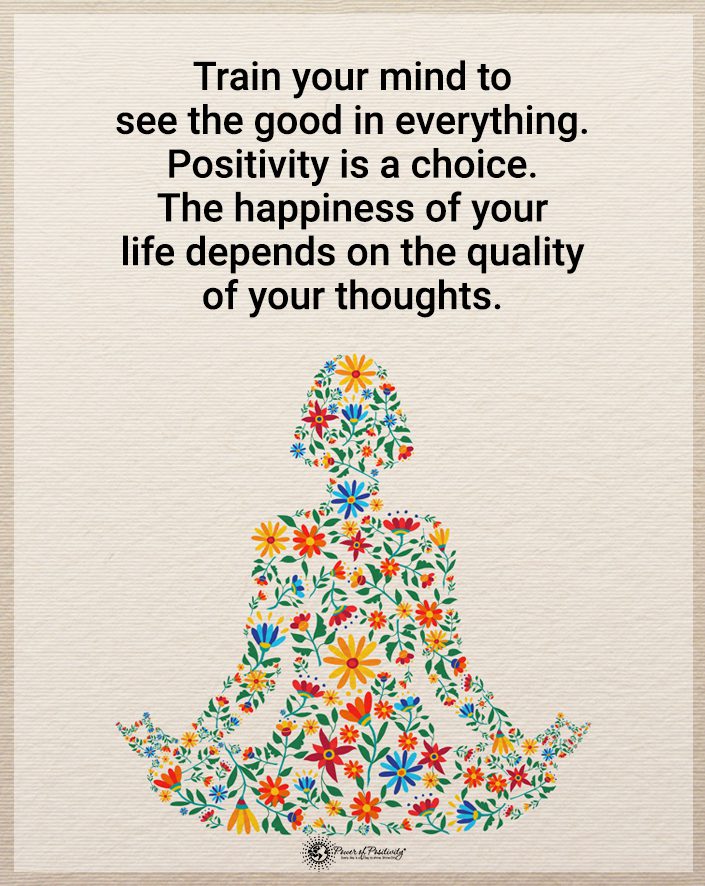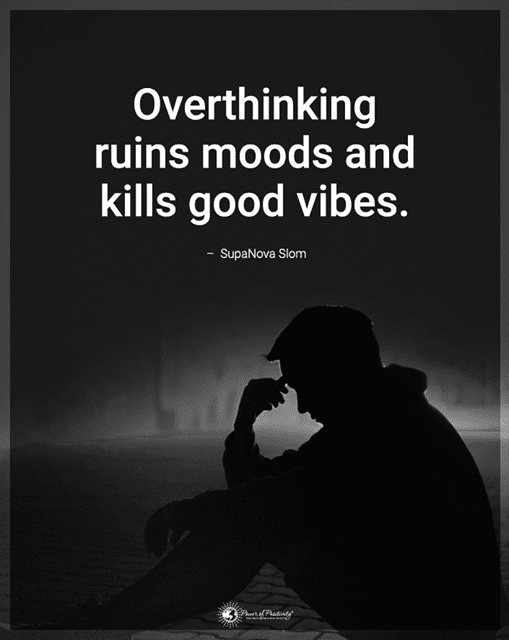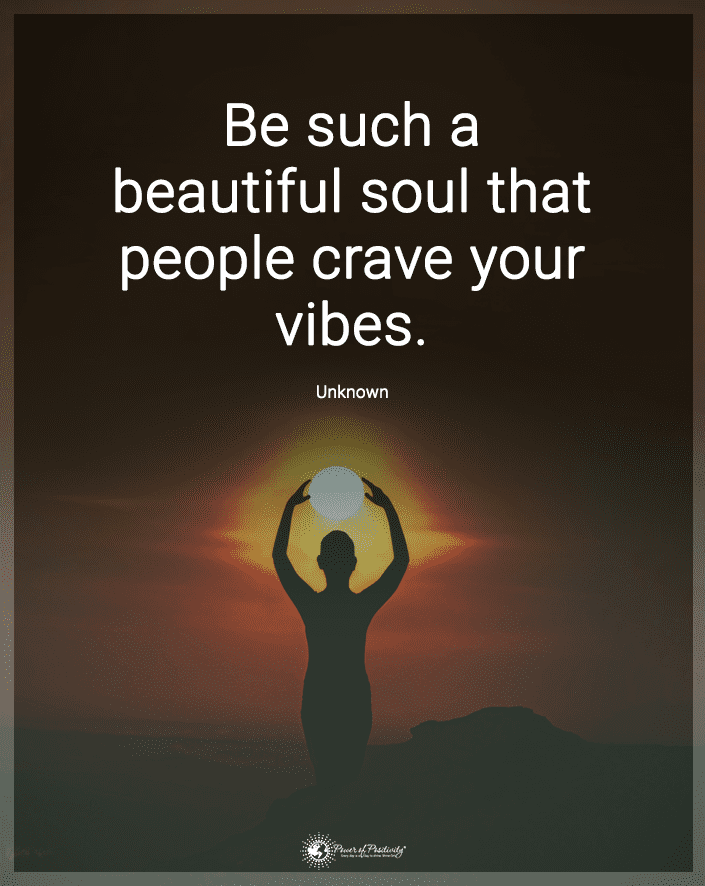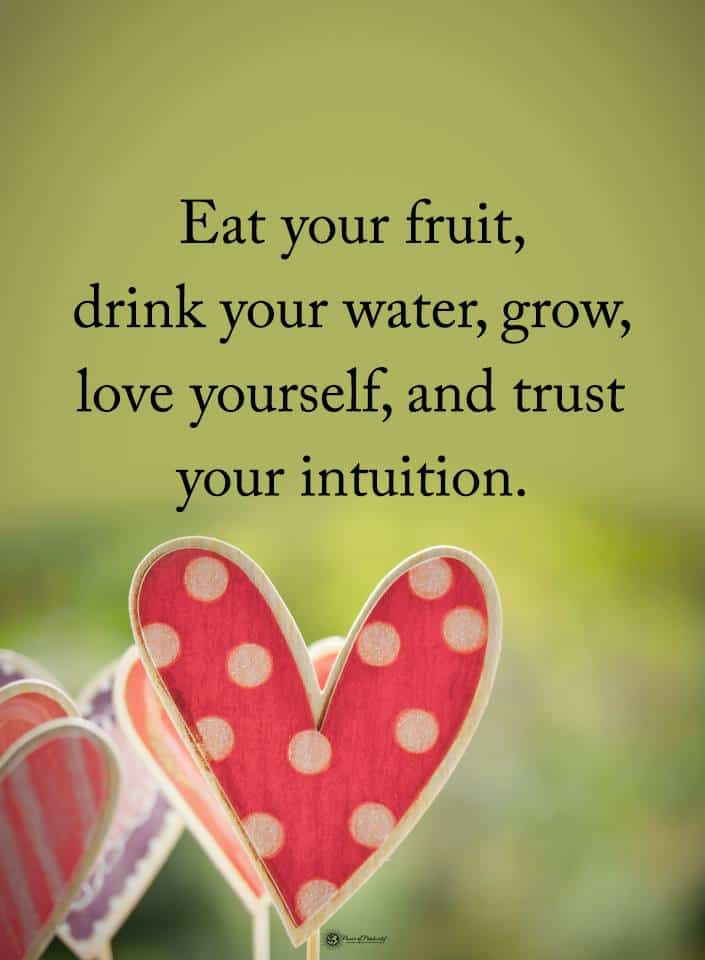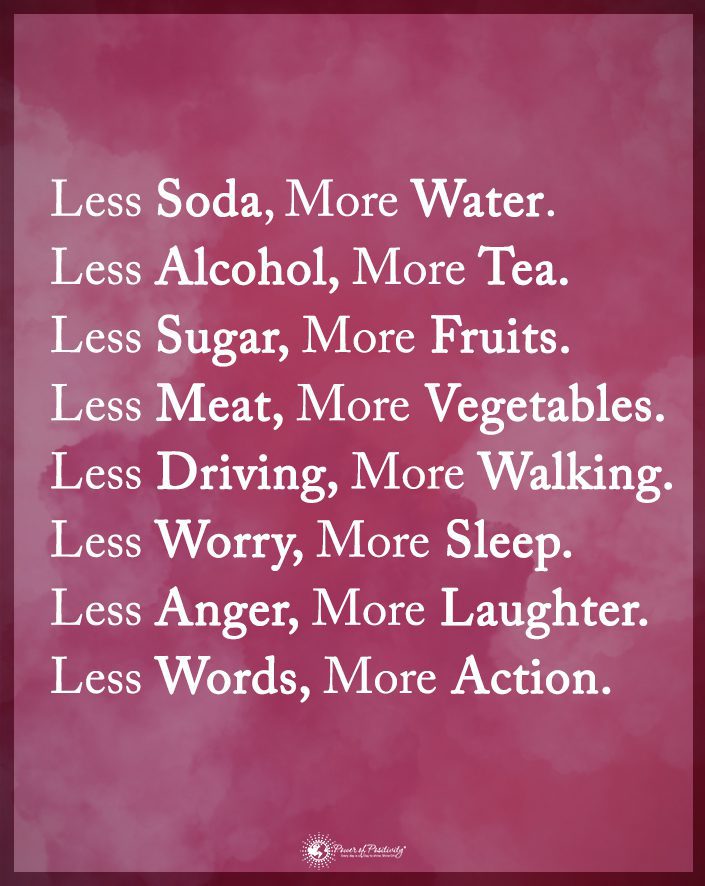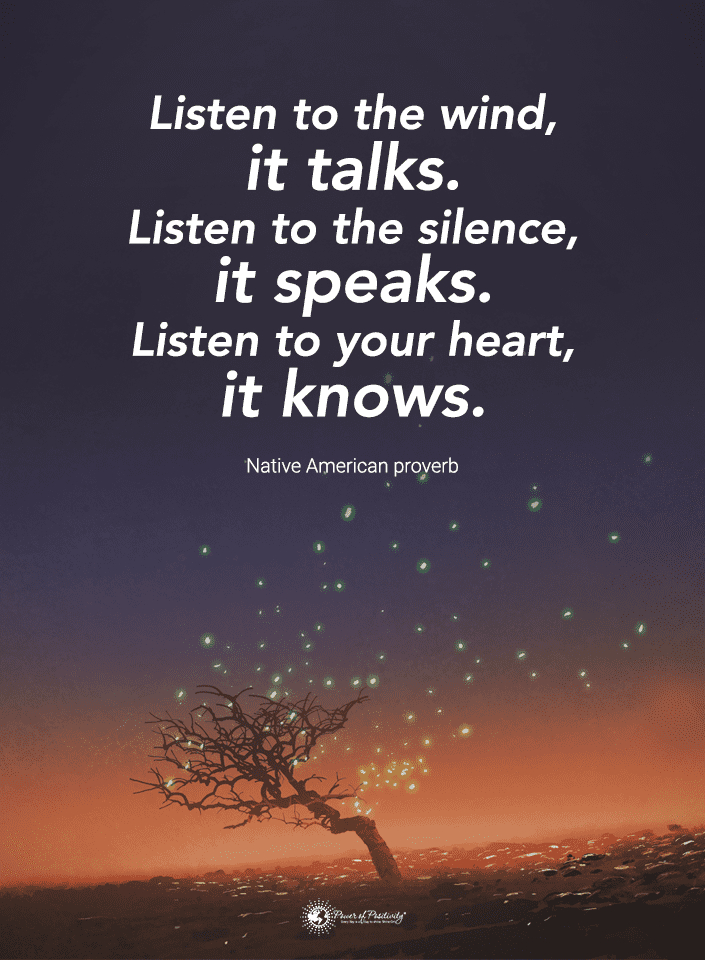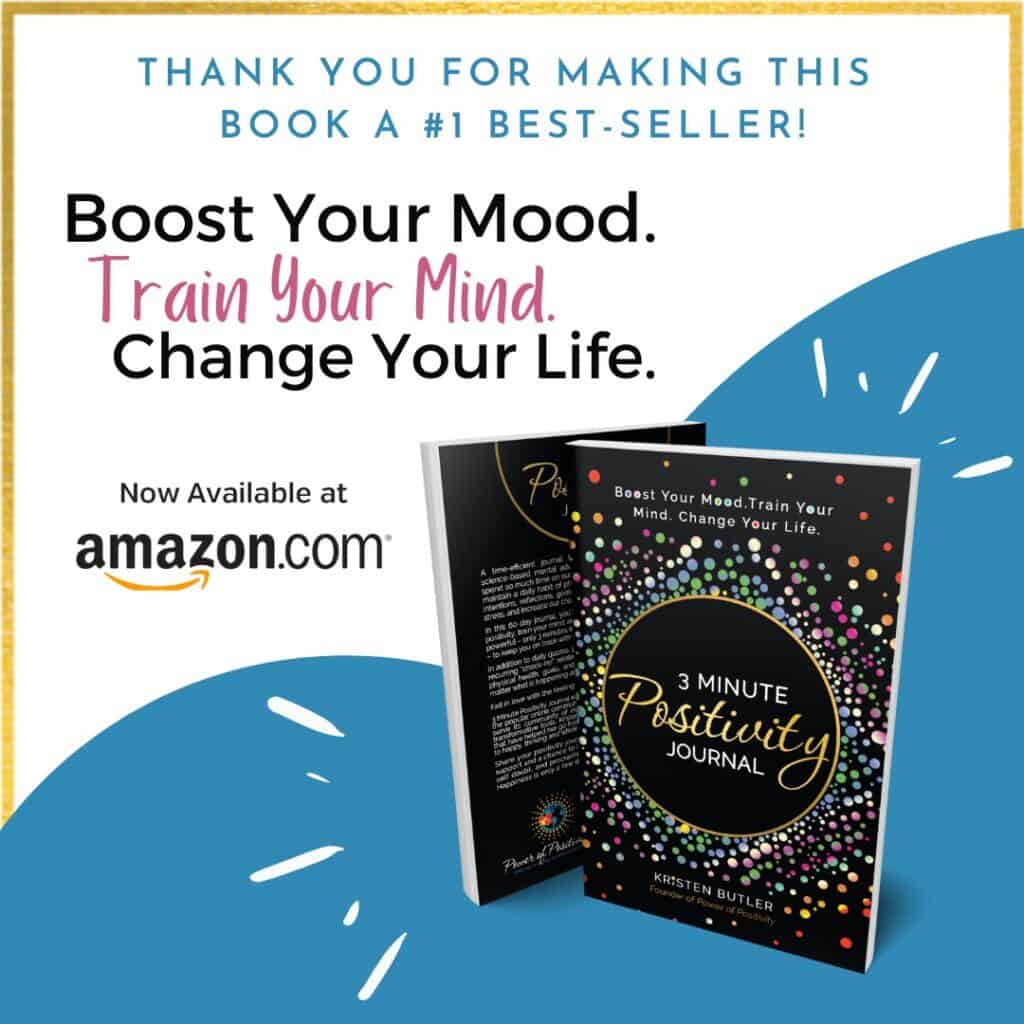It’s often said that relationships take everyone equally working to make it work. If you’re genuinely invested in each other, you want to give 100 percent of yourself to your partner. Consequently, what happens when one person is giving their all, but the other isn’t giving as much to the romance? A one-sided romance occurs when there’s an imbalance, and one person tries harder than the other.
It takes both of you to keep the connection alive, and when there’s one party trying harder than the other, it’s unfair, exhausting, and makes you insecure.
Twelve Red Flags of a One-Sided Romance
There are many reasons why you may find yourself in a one-sided relationship. The other party may not be able to handle all the aspects of being a couple, so they don’t participate as much. They may carry scars from childhood that prevent them from entirely investing in your connection, and they could have lost faith that you will work.
Sometimes, you’ve outgrown the relationships, and it’s time to move on. Here are some red flags that can indicate things are one-sided.
1. One Partner Stonewalls the Other in a One-Sided Romance
You have no issue sharing everything about your life with your love, but the details of their day seem to be top secret. They’ve pushed you out in every way possible. When you confront them about it, they tell you that nothing is wrong and insist you’re exaggerating. However, they make it quite clear that they’ve put up walls to keep you out.
2. You Apologizing All the Time
You would be rich if you had a nickel for every time you’ve said you were sorry in the past month. You’re constantly apologizing to your partner for the silliest things. They tend to be overly critical of you, which makes you feel immense guilt.
If anyone makes you feel less than and belittles you, they’re not worth your time or energy. Even with counseling, a tiger can’t change their stripes. You must love yourself enough to know when you leave a toxic situation.
3. They Downplay Your Thoughts and Feelings
It’s evident that there are issues in your relationship, but they act like everything is sunshine and roses. It seems that you’re the one that protests a bit too much. They tend to stay numb to what’s going on, and when you try to talk to them, they act like it’s a bother. You feel annoying to them because they don’t seem to have the same concerns as you do.
4. You Make All the Efforts in a One-Sided Romance
You want the romance between you to stay alive and fresh, so you send out texts, try to make sweet gestures, and go out of your way, so they know they’re loved. The sad part is they do none of it in return. When you bring up the fact that they seem to be distant and not involved, they promise the moon, but nothing ever changes.
5. You Make Excuses for Their Behavior
When someone else points out that you’re in a one-sided romance and there’s an imbalance of effort between you, you jump into defense mode. You might be angry with them and think things should change, but you won’t let anyone else talk bad about them. You defend their behavior no matter how wrong it may be.
Though it’s not healthy to defend someone acting selfish, Berkley University’s Great Good Science Center reminds you that the mercy you show to others will boomerang back to you. Though this person may not be worthy of such kindness, when you show such warmth and affection to someone else, it shows your true character as a human being.
6. You Can’t Count on Your Partner in a One-Sided Romance
You always thought your partner was one person you could count on in your life. They were there for you day or night and gave loving support. These days, they seem to be distant or not around at all. They don’t give you the love and support you once had, and they don’t even seem to care that it’s gone.
7. They Refuse to Say, “I Love You” In Return
You’re the dutiful partner who’s always trying to show affection. You tell them that you love them as anyone who is in love should do. Sadly, whenever you say these three words, all you get in return is mumbling or the cold shoulder. You can’t remember the last time they told you that they loved you in return.

8. You’re No Longer Important in a One-Sided Romance
When you’re in love, you try to make each other happy. Sadly, they could care less about your feelings. You’re no longer their priority. Even if they take you somewhere, it’s just to make you leave them alone and stop nagging about how things are going so wrong. You must force your way in if you want any attention from them.
9. You Love Them and Keep Trying Regardless
The imbalance in your relationship hurts, but it doesn’t stop you from caring about them. You’re doing everything you know to make them happy, but the one-sided relationship is hard to manage. You’re bearing all the responsibility for things, and trying to make it work by yourself is agonizing.
10. In a One-Sided Relationship, You Feel Like an Obligation
Everything you say or do feels like you’re troubling them. Rather than being an equal partner in this romance, you’re an obligation. The imbalance between you is undeniable, and it’s tearing you up inside. You went from being the center of their attention to being a nuisance, or that’s how it feels.
11. They’ve Become Selfish
If your partner isn’t putting you first anymore, they’re putting themselves in the front position. When you talk to them about it, they tell you it’s their issue and nothing you’re doing wrong.
They’re eager to take the blame for how things are, but they’re not as keen to fix it. They’ve become quite selfish with their time and the energy they put into things, but it’s not changing.
12. In a One-Sided Romance, Your Relationship Partner Causes So Much Stress
Dealing with a one-sided relationship makes you stressed all the time. You’re so afraid they will leave you that you can’t even concentrate on your job or anything else. You often find yourself playing the guessing game about their affections towards you.
You know constant pressure is a killer, yet you don’t know how to get off the merry-go-round. According to the Cleveland Clinic, unmanaged or prolonged stress can wreak havoc on your body, so you must find a way to resolve these conflicts. According to the article, stress can impact your heart, lungs, skin and hair, gut health, and even immunity. This is in addition to the mental health aspects that come to play when you’re under constant pressure.
Handling a One-Sided Romance and Knowing When to Walk Away
Losing someone you love so much may be terrifying for you. Walking away from someone you believe is your soul mate can be challenging. If this person doesn’t love you back the way you need to be loved, there will always be an imbalance.
The one-sided romance between you two will drive you mad, especially if you’re the one putting in all the effort. It’s easy to be miserable and stay as change is difficult. Even decades ago, many women wouldn’t consider divorce because they didn’t make enough money to support themselves.
Things have evolved as people aren’t as apt to stay for the kids or money as much as in times past. If they’re willing to go to counseling and work on the issues, you can be brave and try to tough it out. However, if you stay in this toxic situation, it makes you increasingly vulnerable.
Another problem is that the person giving so much to make things work will often keep a mental scorecard. They keep track of all their partner’s transgressions and want to settle this imbalance. While you certainly can’t blame yourself for feeling this way, it doesn’t mean it’s healthy.
You know in your heart if it’s time to end a one-sided relationship. The romance is likely at a dead-end, and there’s no way to turn around and go back. When you see these red flags and warning signs that things are over, putting off the inevitable is only hurting you even more.
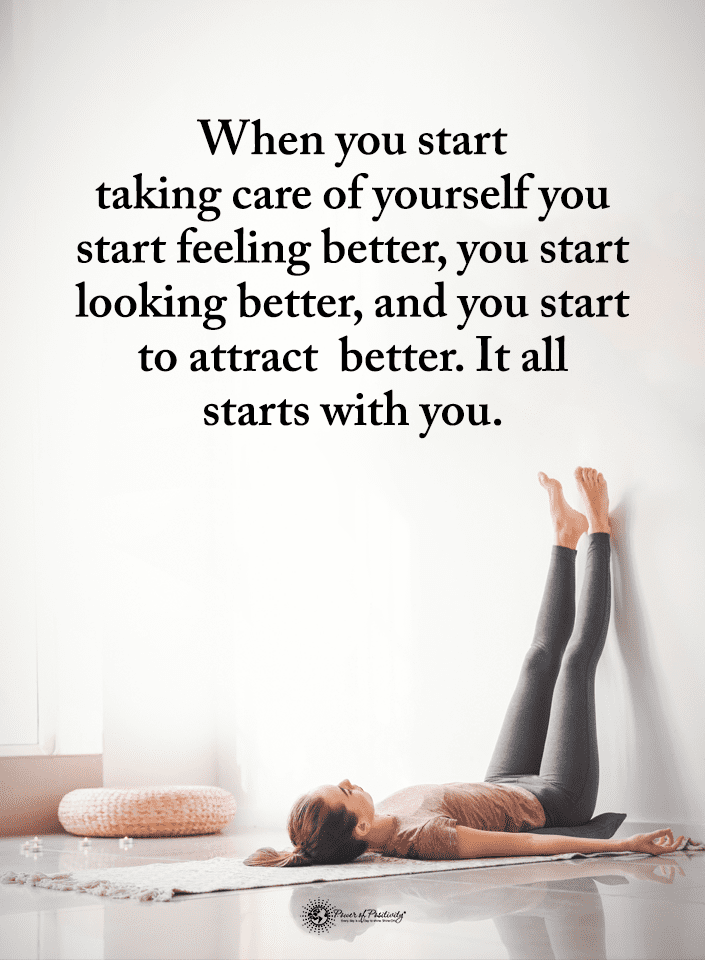
Final Thoughts on One-Sided Romances
Unrequited love is one of the most painful things you can go through in a relationship. You love your partner with all your heart, but the passion and devotion they give in return just don’t measure up. When you’re in these situations, the imbalance of love and affection will drive you mad.
Remember that all relationships go through ebbs and flows after you’ve been together for a while. Just because things have become challenging doesn’t mean they can’t be fixed. Give your relationship and your partner a concerted effort to make things work. If you’ve given all you can and things aren’t improving, then learning to cut the strings is better for your overall well-being.


